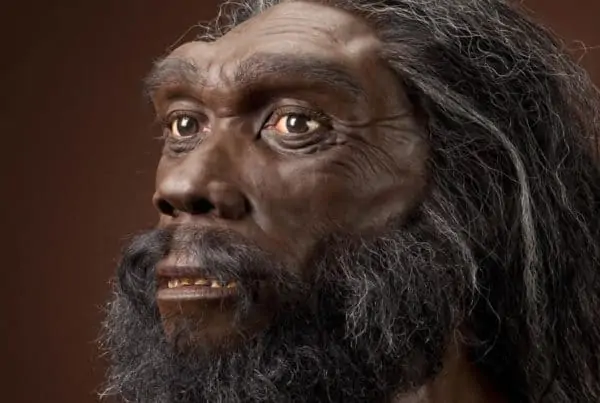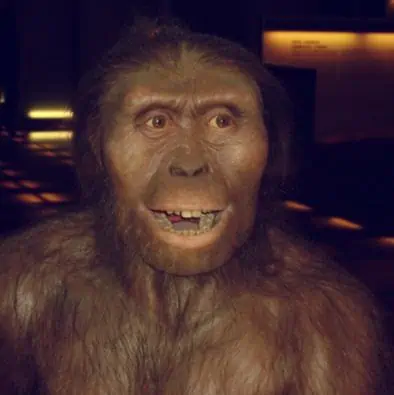African Stonehenge discovered?
by David Siener, South Africa
The earliest San and Khoi civilizations of Southern Africa appear to have been responsible for more aspects of the scientific evolution of modern mankind than they are often give credit for.
We have known about Adam’s Calendar – sometimes referred to as the African Stonehenge – for over a decade. Blombos Cave showed us how and where a shellfish diet started influencing mankind’s brain development and the Adam’s Calendar region and Great Zimbabwe may represent the origins of the very earliest Mesopotamian stories about Solomon’s mines.
From Matrix Wisdom, Sept. 9, 2019, (472,000 views),
They Found Ruins In Southern Africa That Are Going To Change EVERYTHING!
Southern Africa holds some of the deepest mysteries in all of human history… [first humans] we have found very little evidence of the lives they led from 250,000 to 75,000 years ago. What we are told is that around 60,000 years ago, the people from Africa began to migrate north and eventually populate the whole planet.
Who were these first humans? What did they do? … The first signs of human intelligence… only appeared around 75,000 years ago when the KhoiSan people of southern Africa started to leave behind a series of spectacular cave paintings… Adam’s Calendar firmly places the many ancient ruins of southern Africa at a point in history some 100,000 years ago.
Now a controversial new research paper is drawing attention to the region’s archaeological mysteries. Were they constructed by the KhoieSan?
From Vanessa Hayes, Oct. 31, Quartz Africa, qz.com
Scientists now have evidence the evolutionary birthplace of human kind was in northern Botswana
 KhoeSan have the most diverse mitogenomes of anyone on Earth, which suggests their DNA most closely resembles that of our shared common ancestors. If we all sit on branches of the human family tree, then KhoeSan are the tree’s trunk.
KhoeSan have the most diverse mitogenomes of anyone on Earth, which suggests their DNA most closely resembles that of our shared common ancestors. If we all sit on branches of the human family tree, then KhoeSan are the tree’s trunk.
Members of our research team have spent a decade working with KhoeSan communities, as well as people from other ethnicities and language groups, in Namibia and South Africa.
By generating mitogenome data for around 200 rare or newly discovered sub-branches of KhoeSan lineages, and merging them with all available data, we were able to zoom in on the very base of our evolutionary tree.
It is now clear our ancestors must have dispersed from a region south of the Zambezi River.
Further:
our genetic data suggests the southerly migrants went on to inhabit the entire southern coast of Africa, with multiple sub-populations and huge population growth. Archaeological findings from the Blombos caves in South Africa have shown this region to be rich in evidence for cognitive human behavior as early as 100,000 years ago.
The paper has proved controversial.
From Gizmodo, Oct. 31,
Scientists Say New Research Tracing the Origin of Modern Humans to Botswana Is Deeply Flawed
Hayes and her colleagues combined this data with other evidence, including linguistic and geographical frequency data, to pinpoint the Makgadikgadi–Okavango palaeo-wetland of southern Africa as the place where our ancestors first emerged…
A fundamental premise of the new paper is that modern humans emerged in Africa around 200,000 years ago—a claim not supported by archaeological evidence. Research from 2017 showed that Homo sapiens, sometimes referred to as anatomically modern humans, have been around for at least 300,000 years—and possibly even longer—as evidenced by fossils found in northern Africa, specifically the Jebel Irhoud site in Morocco… It’s becoming increasingly evident that our species did not evolve from a single ancestral population.
Still, Jean-Jacques Hublin from the Department of Human Evolution at the Max Planck Institute called the paper:
“[A] thorough and valuable analysis of the ancient lineages of mitochondrial DNA in the southern part of the African continent”
What is clear, is that an early Hominid population occupied this area around 100,000 years ago. Do Hayes’s mitogenomic data match the recent archaeological finds such as Adam’s Calendar?
Editor’s note – David Siener, assistant editor of Subspecieist.com is a mixed race White-KhoiSan South African.



Attractive section of content. I just stumbled upon your website and in accession capital to assert that I acquire actually enjoyed account your blog posts. Any way I will be subscribing to your feeds and even I achievement you access consistently fast.